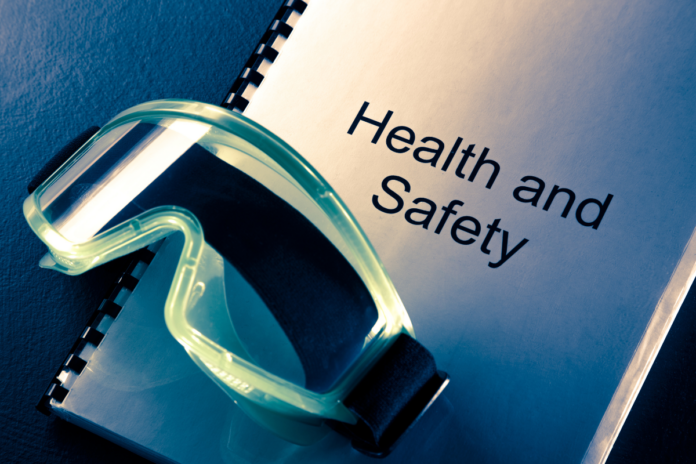Running a business involves juggling several balls, including ensuring workplaces are safe, healthy and hygienic and protecting employees and customers. No matter which industry you operate within, it’s essential to be aware of employer responsibilities when it comes to health and safety. In this guide, we’ll discuss how to prioritize safety as a business owner.
Rules and regulations
The first step to prioritizing employee safety and well-being is to familiarize yourself with the latest rules and regulations. Research local, regional, national and international safety standards and ensure your business is fully compliant. If you don’t have a hands-on role, or you don’t have time to tackle health and safety tasks, hire a safety manager or assign specific tasks to senior members of staff. You could also seek advice from external health and safety consultants. Focus on industry-specific laws and guidelines.
Technology and training
Making the most of modern technology and embracing training and development are effective ways to maintain compliance and provide safer workplaces and better working conditions for employees. For fleet managers and companies that specialize in logistics and haulage, for example, employing software that plans routes and manages schedules and timetables ensures compliance with guidelines like the 70 hour rule. Technology can take the stress out of health and safety and streamline operations while also benefiting employees. Employers can also optimize safety by providing training for employees and undertaking training themselves.
Risk assessment
Being proactive is better than being reactive in the case of employee safety. It’s important to respond to accidents, complaints and concerns swiftly, but it’s better to try to prevent incidents. Risk assessment is important for two key reasons. Firstly, it helps you to identify potential hazards, risks and shortfalls. Secondly, it enables you to draw up an action plan to prevent similar hazards in the future. Carrying out regular routine risk assessments and reporting incidents is critical for maintaining safe workspaces and protecting employees. Risk assessments should be tailored to the environment and the nature of your team’s roles and they should be detailed. If the inspection flags issues, take appropriate action as quickly as possible and notify your employees of possible risks.
Communication
Effective communication between employees and bosses or senior members of staff can help to reduce safety risks dramatically. As an employer, it’s important that your employees feel able to raise concerns or report issues to you, their line manager or a health and safety manager. Encourage open discussions and provide opportunities for people to share ideas and suggestions anonymously. Anonymous surveys and comment boxes are a good idea. Always ensure that managers take complaints or concerns seriously and act quickly to resolve problems.
If you run a business or manage a team, it’s essential to understand the importance of workplace safety and compliance with health and safety rules and regulations. Familiarize yourself with the latest safety laws and guidelines, take advantage of modern technology and software, provide access to safety training and carry out regular risk assessments. Address issues, employee concerns and hazards swiftly and communicate openly with your team.










